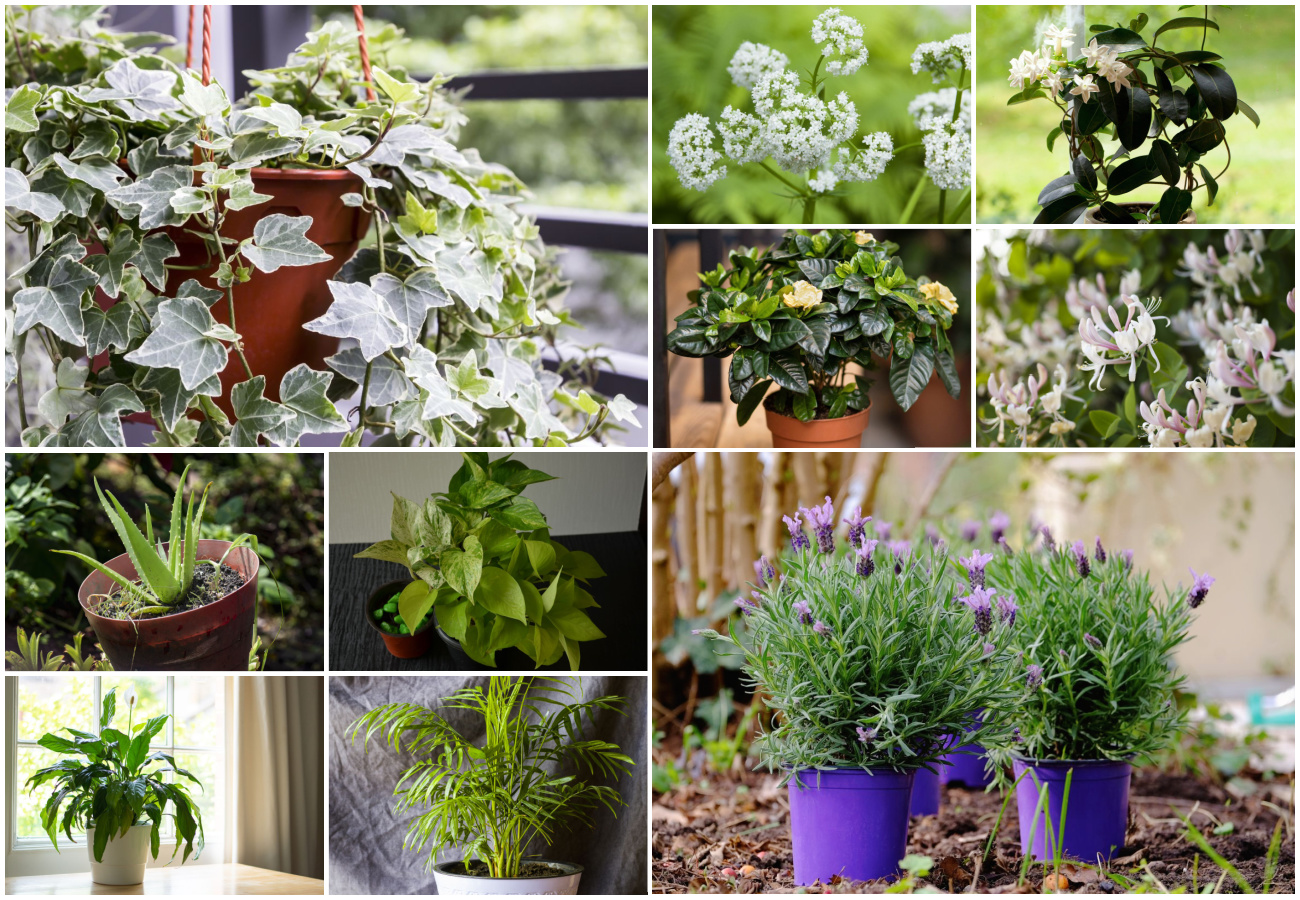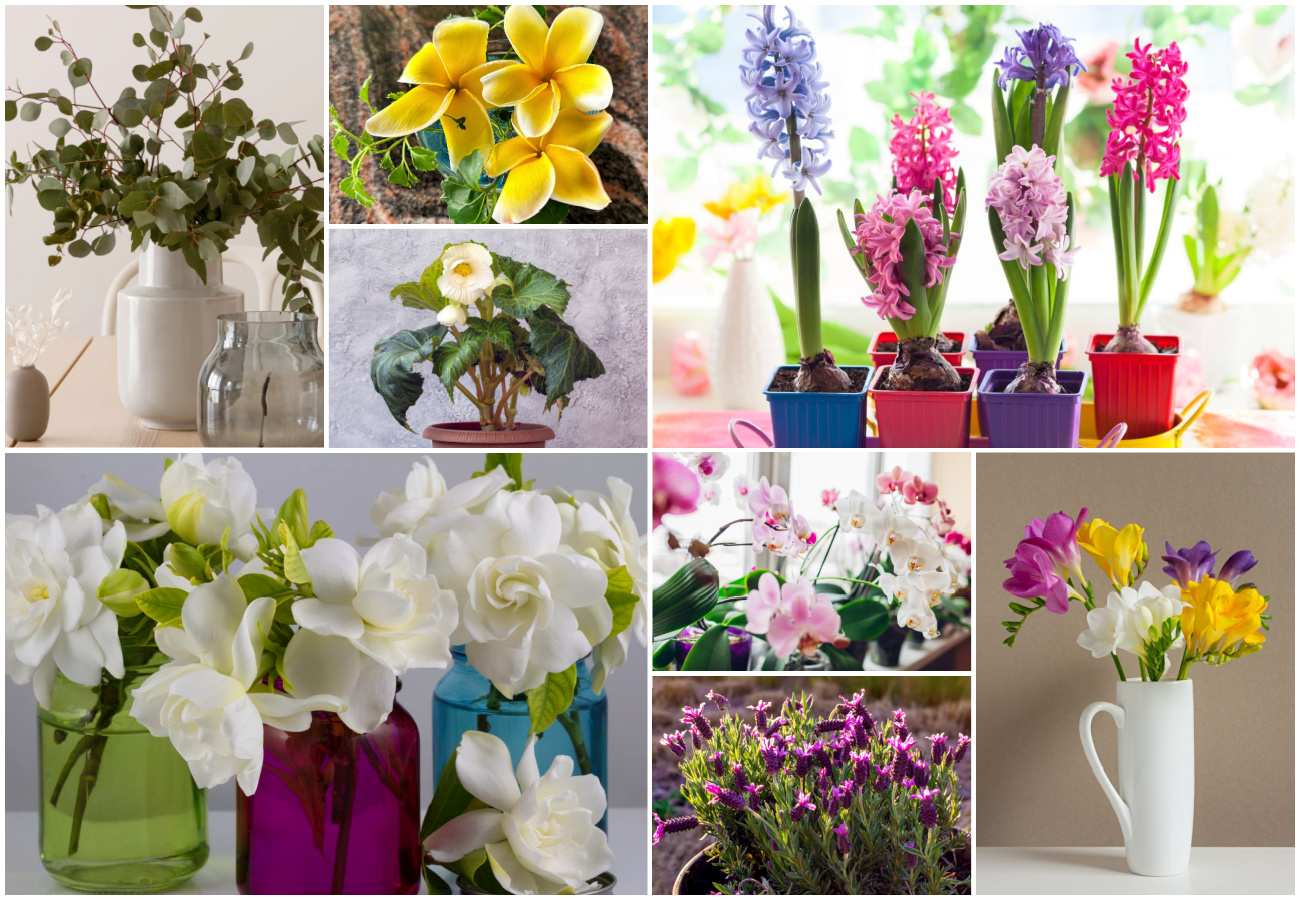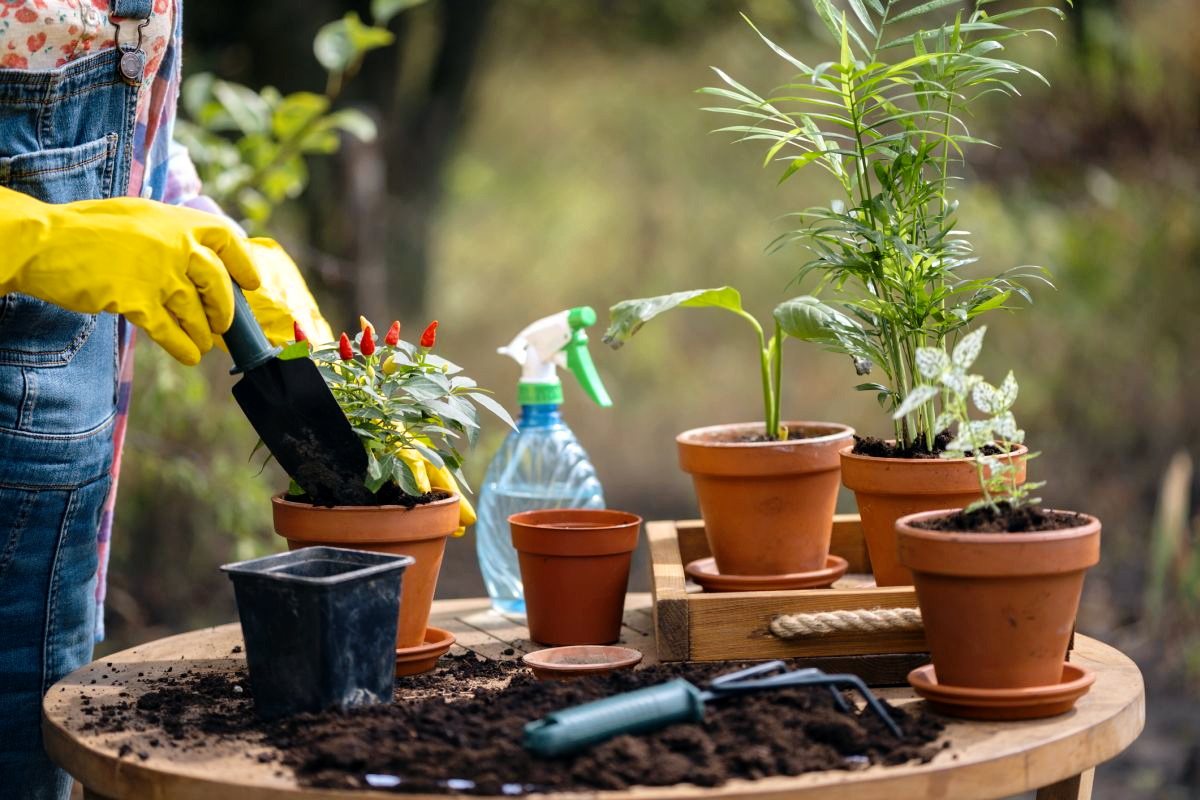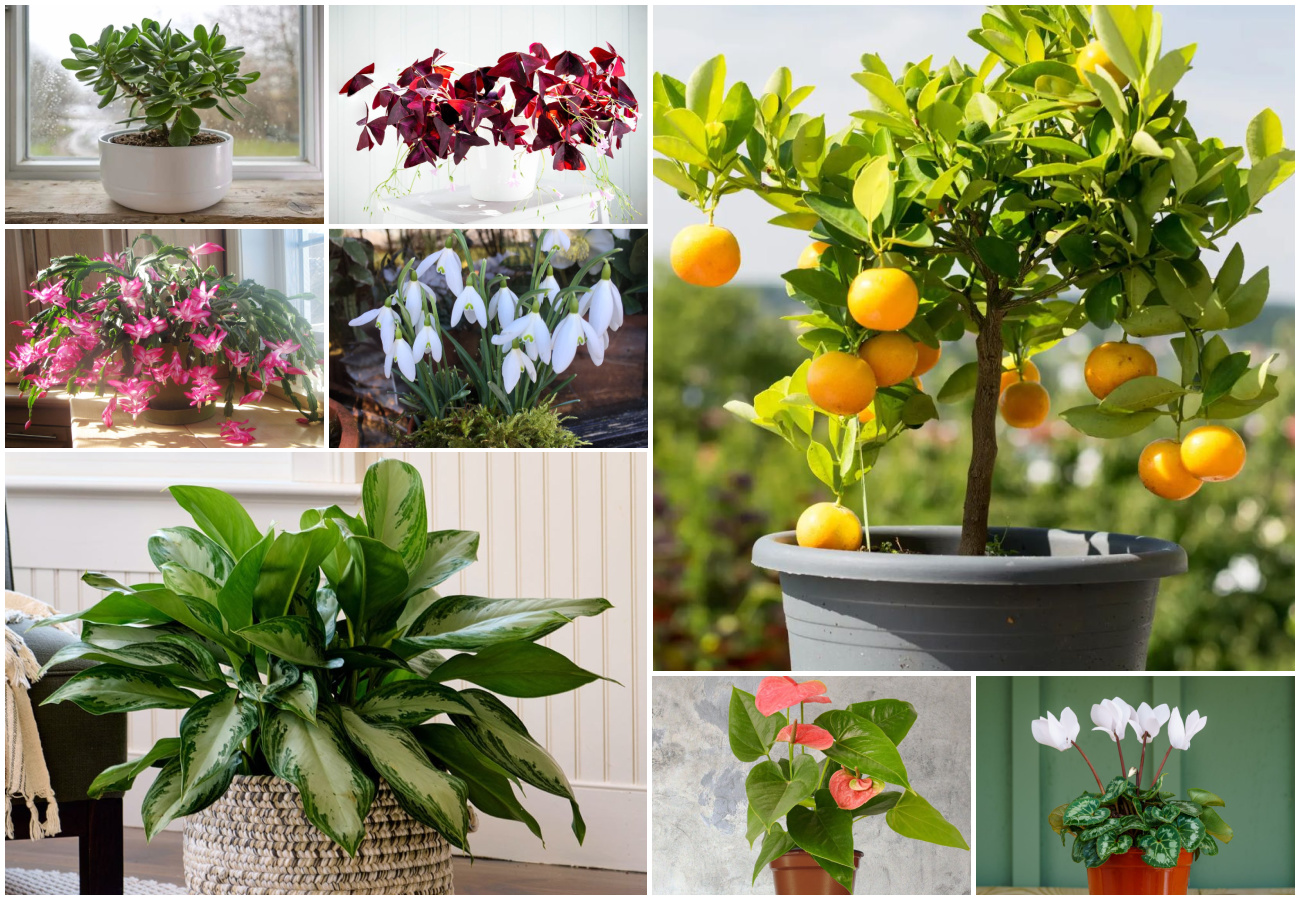Fiddle Leaf Figs (Ficus lyrata) are native to the West African rainforest. The tree is usually used as the focal point in a large room. While fiddle leaf figs can be a bit picky about how they are cared for, the tree does fine once you figure out what to do.
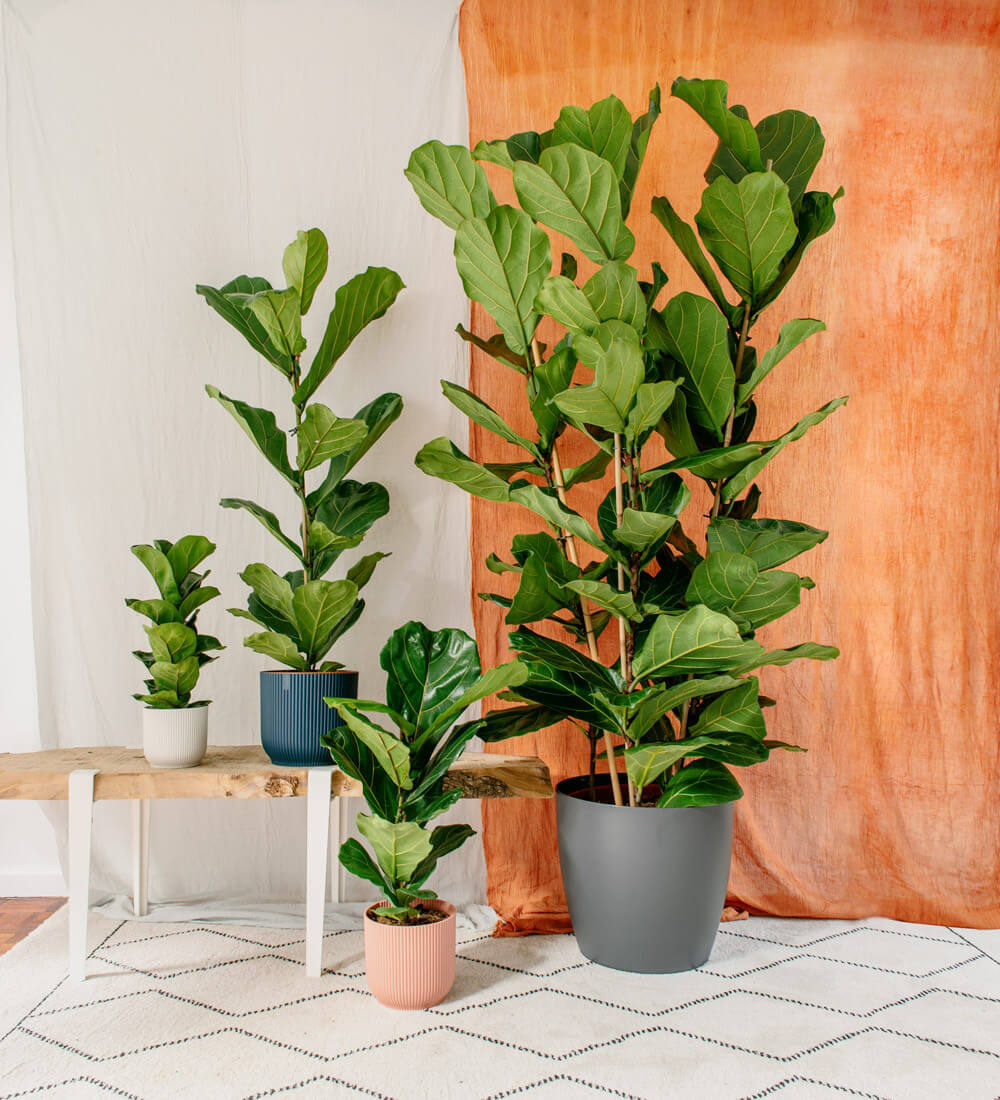
Description
The fiddle leaf fig has large, heavily veined, green, glossy, fiddle-shaped leaves. They can grow to be 15-18 inches long on large trees. The leaves point upward and grow on a brown trunk. Fiddle leaf fig trees can grow to 50 feet outdoors but generally don’t get more than 10 feet tall indoors.
How to Care for the Fiddle Leaf Fig
Fiddle leaf figs are picky about their environment. Read on to find out how to please your fig and keep it growing well.
Pots
These trees get big. You will need a large pot that has drainage holes and is heavy. Otherwise, the tree will get top-heavy and fall over. Putting the pot on a wheeled platform will help you handle the tree when you inspect it and turn it.
Light

Fiddle leaf figs need bright, filtered light. Direct sunlight will burn the leaves. Low light will keep them from growing.
Soil
Any good potting soil for indoor plants will work for the fiddle leaf fig. Make sure the soil drains well, as the fig tree will get root rot if it does not drain well.
Water
Fiddle leaf figs are sensitive about the amount of water they get. Too much, and the roots will rot; too little and the leaves will yellow and drop off. Water the plant when the top inch of soil is dry. Water until water comes out of the drainage holes. Wait 15 minutes, and then empty the water out of the saucer. Monthly, water the plant until lots of water comes out of the drainage holes to flush away any accumulated salts in the soil.
Humidity
Fiddle leaf figs like a humidity of 30-65 percent. The plant needs more humidity if the leaf tips and edges get brown. Take a saucer large enough for the fiddle leaf fig’s pot and saucer to fit in. Fill the saucer with pebbles. Fill the pebble tray with water until just the tops of the pebbles are dry. Next, place the plant’s pot and saucer on the pebbles. As the water evaporates, the humidity will increase around the plant. Remember to keep refilling the pebble tray with water.
Temperature
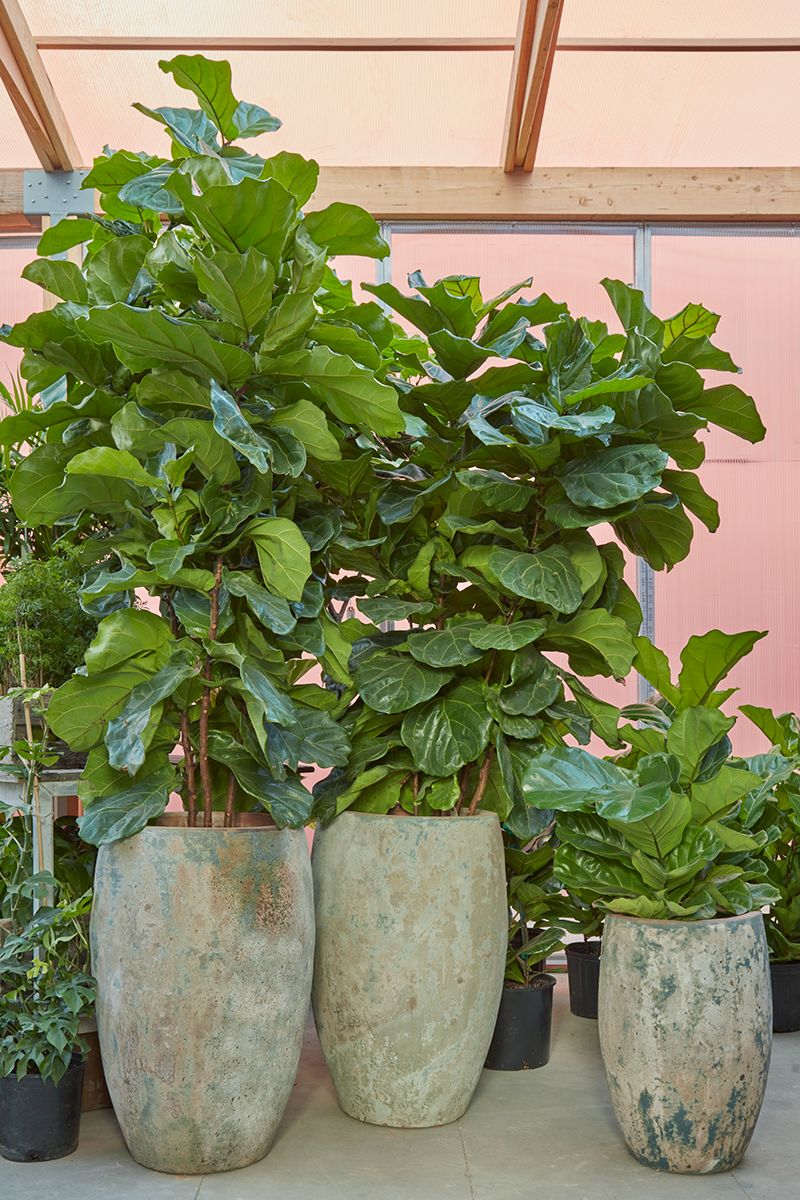
Fiddle leaf figs are picky about temperature. They like it 60-85 degrees. Large fluctuations in temperature will cause the plant to drop its leaves. Keep the fig out of drafts and away from radiators and heating vents.
Fertilizer
Fertilize with a water-soluble fertilizer formulated for indoor plants from spring to fall. Do not fertilize the fig in the winter. There are fertilizers just for fiddle leaf figs that work well. Follow the instructions on the label to fertilize your fig.
Weekly Maintenance
Turn the plant a quarter turn each week to keep it from bending toward the light. You may have to turn it twice a week, depending on the amount available to the plant. Wipe the leaves with a clean, soft cloth to remove any dust or other debris on the leaves. Inspect the plant for insects or pests.
Pruning
Remove broken or yellow leaves during the weekly inspection. Periodically, prune out overgrowth or branches that cross other branches to keep the area inside the tree open. Open trees have more air circulating around them, preventing diseases from taking hold.
Repotting
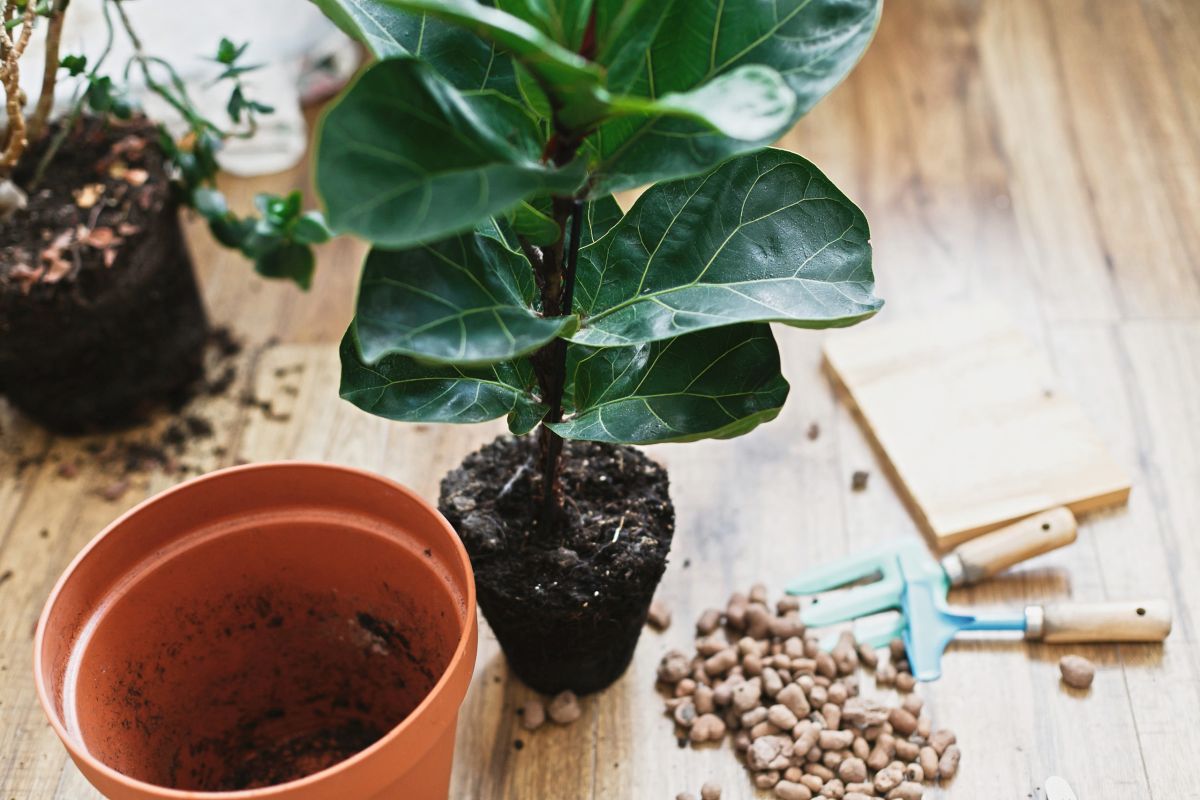
Young fiddle leaf figs should be removed from their pots each spring and the dirt removed from the roots. Place the fig in a new pot two inches larger in diameter than the old pot. When the fig gets too large to repot, remove the top two inches of potting soil each spring and replace it with new soil.
Propagating
Propagating the fiddle leaf fern from cuttings is not hard. Unfortunately, fiddle leaf figs rarely grow from seed.
- Cut a stem to 12-18 inches.
- Remove all the leaves except the one closest to the end of the stem.
- Place the stem, cut side down, in a jar of clean, room temperature water.
- Place the jar in bright, indirect light.
- Replace the water when it gets cloudy.
- When the roots are one inch long, place the plant in a one-gallon container with holes in the bottom along with potting soil.
- Water the plant until water flows out the drainage holes.
- Place the fig in bright, indirect light.
- Keep the soil moist but not soggy until the plant is well established, then water normally.
Diseases of the Fiddle Leaf Fig
Fiddle leaf figs are vulnerable to a few diseases.
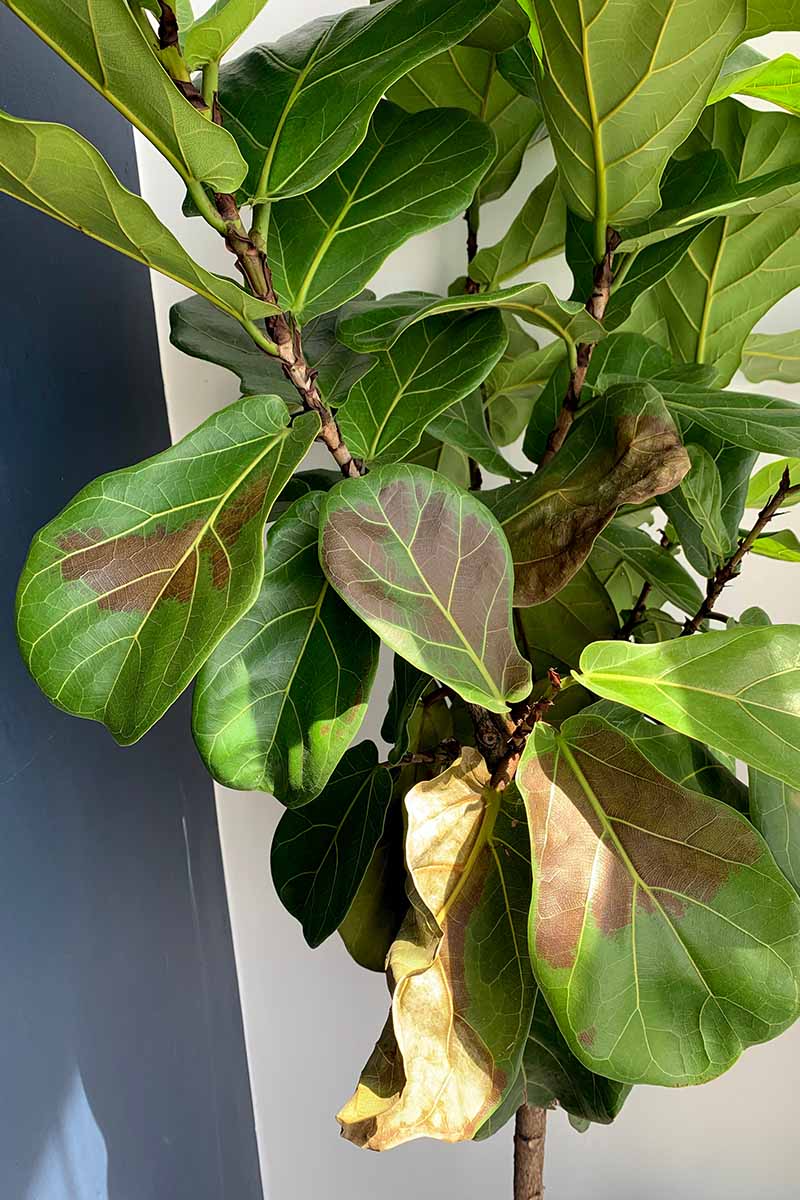
Gray Mold
Several types of fungus cause gray mold. Tan or gray spots appear on the leaves. The spots may have gray spores in them. Gray mold needs high humidity, wet leaves, and cool temperatures to survive. Make sure you are not overwatering your plant. Remove diseased leaves and stems and discard them in the trash. Keep the fig between 60-85 degrees. If the fig is at the lower edge of these temperatures, put it somewhere warmer.
Sooty Mold
Sooty mold almost always indicates the presence of insect pests. Scale and mealy bugs excrete honeydew, which sooty mold grows on. Eliminate the pests and wash the mold and honeydew off the leaves.
Root Rot
Root rot is almost always caused by overwatering. Let the top inch of the soil get dry before watering. Never leave the pot standing in water.
Pests of the Fiddle Leaf Fig
A few household pests bother the fiddle leaf fig.
Spider Mites
Spider mites are tiny mites that are difficult to see without a magnifying glass. Usually, the first sign your plant has spider mites is webbing on the underside of the leaves. You may also notice rust-colored spots on the leaves. Bad infestations cause stunted growth and dropped leaves. Spider mites thrive in hot, dry areas. Increasing the frequency of watering and the humidity in the air is often enough to kill them. If they persist, put the plant in the bathtub and spray it with warm water. Be sure and spray the underside of the leaves. Do this for several weeks until all the eggs have hatched and are gone. If the situation does not improve, use an insecticidal soap formulated for indoor plants.
Scale
Scale insects have a soft or hard shell on their back. They suck the juices out of the fiddle leaf fig. Scale insects are hard to kill because their shell is waxy, making them hard for pesticides to penetrate. Neem oil will suffocate the scale. Use a neem oil formulated for indoor plants and follow the direction on the label. Scale excretes honeydew, leading to sooty mold.
Mealybugs
Mealybugs are white, with a waxy coating and filaments sticking out from their bodies. They are also sucking insects. Neem oil suffocates them just as it does scale insects. Use neem oil formulated for indoors. Mealybugs also secrete honeydew.
Fungus Gnats
Fungus gnats are small flies that resemble fruit flies. Their larvae feed on the roots of your fig. Bad infestations can severely damage the roots and kill the tree. Make sure you allow the top inch of the soil to dry out between waterings. Fungus gnats prefer wet soil. You can get yellow sticky traps to put in the fig’s pot on a small stake. The adult fungus gnat loves yellow. Discard the trap when it is full and put a new one out. Repeat until you are not catching any more gnats.
Frequently Asked Questions
Yes, it is toxic to pets and humans. You need to place it out of their reach. In addition, the sap from a cutting can cause skin irritation, so wear gloves when handling cuttings.
Fiddle leaf figs are popular houseplants. You should be able to find smaller specimens at big box stores, nurseries, and online. However, larger specimens may take some work to find and are usually only available from nurseries.
Probably not. Fiddle leaf figs are very difficult to grow from seeds.
Fiddle leaf figs are a slow-growing plant. It will take at least a decade to grow to full size.
Fiddle leaf figs do not normally have flowers indoors.
Probably not. Figs require a special wasp to pollinate them and are almost impossible to hand pollinate.
In conclusion, fiddle leaf figs are a little picky about their environmental conditions. However, fiddle leaf figs will provide decades of pleasure if you get their needs right.

